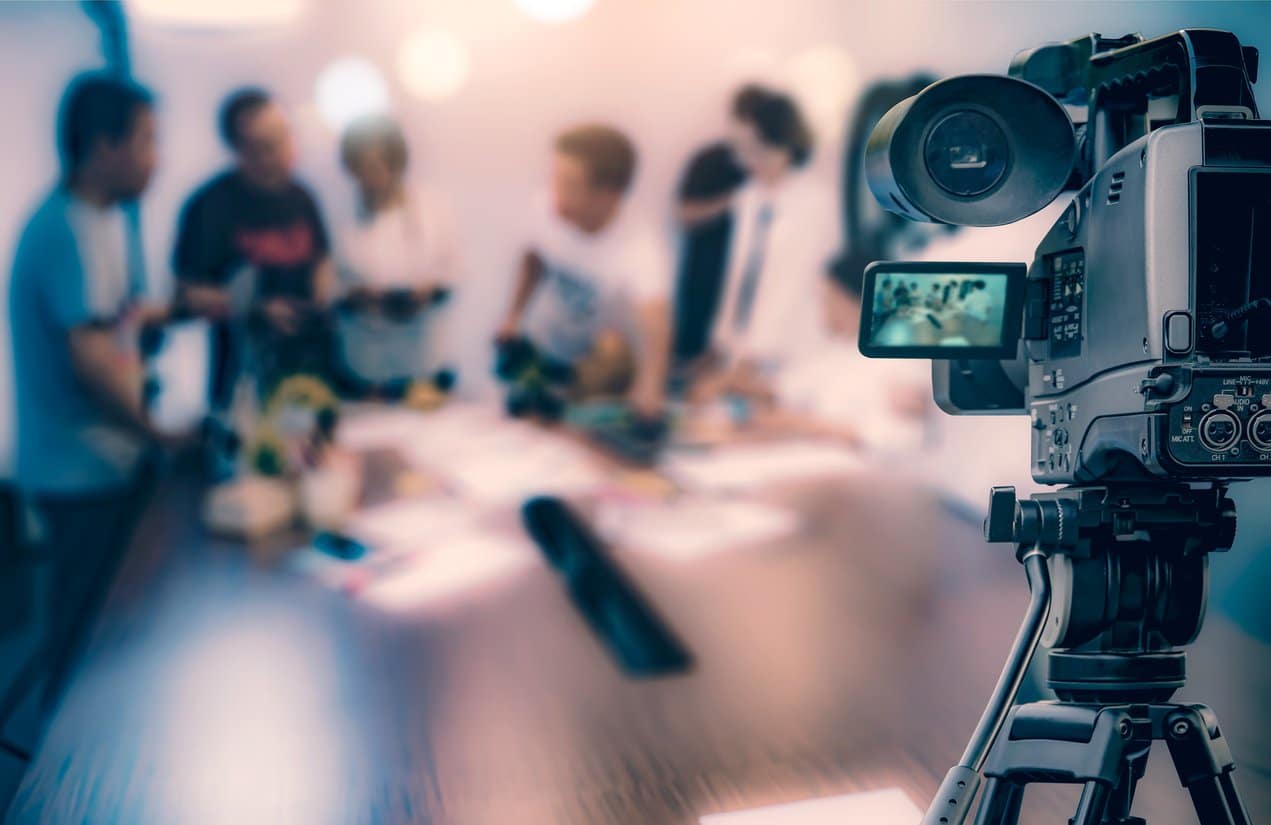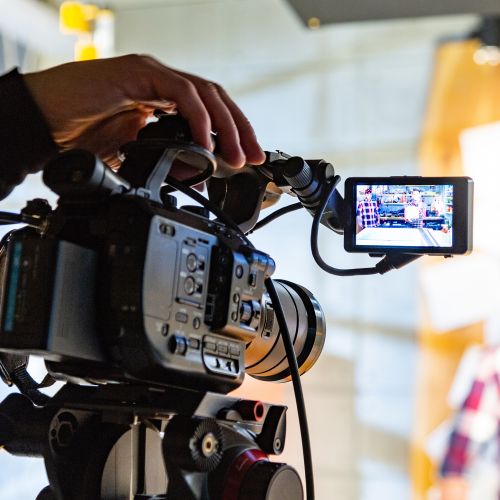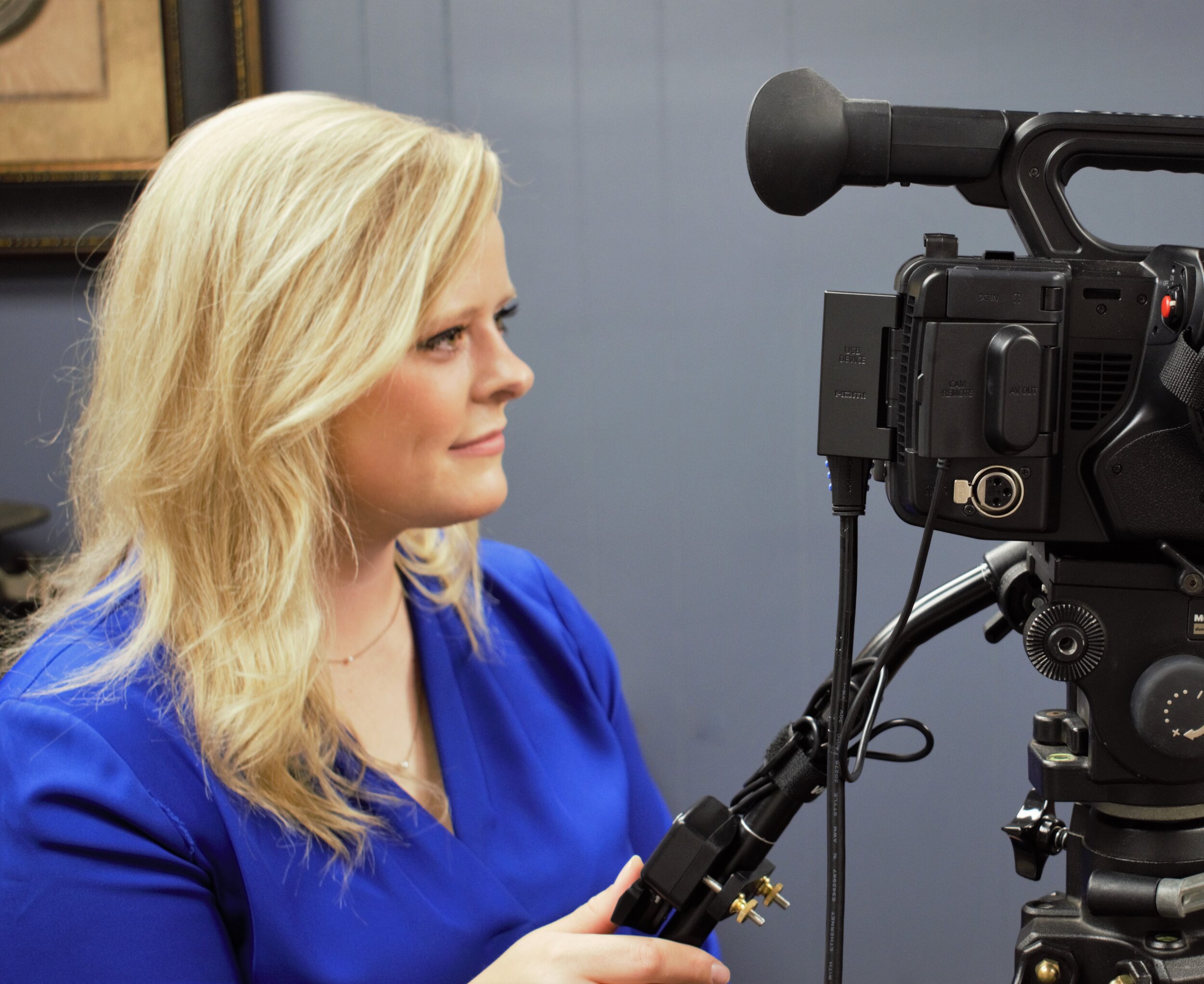The Role of Legal Videography in Modern Legal Proceedings
The Role of Legal Videography in Modern Legal Proceedings
Blog Article
Looking Into the Systems of Lawful Videography: Unveiling Its Procedure in Safeguarding Authentic Visual Testimony for Judicial Procedures
In the realm of judicial proceedings, the role of legal videography stands as a foundation in maintaining and providing aesthetic evidence. As modern technology remains to development, the systems behind lawful videography have actually come to be progressively complex, using an important layer of credibility to statements caught on video clip. By diving into the operational intricacies of lawful videography, one can discover the thorough procedures that safeguard the honesty of aesthetic evidence provided in court rooms - Legal Videography. This exploration not only sheds light on the historical evolution of lawful videography but also means the future trends that may even more revolutionize just how visual testimonies are supported in the world of justice.
Historical Evolution of Legal Videography
Examining the historic development of lawful videography exposes a substantial change in the catching and discussion of visual proof within the lawful landscape. In the past, legal procedures greatly depended on created transcripts and pictures to document occasions and supply evidence. With the introduction of video clip innovation, the lawful sector witnessed a paradigm shift in how aesthetic testament was captured and provided.
The development of lawful videography can be mapped back to the late 20th century when advancements in video recording devices made it extra accessible for usage in courtrooms. This technological improvement not only improved the accuracy and dependability of visual evidence but also reinvented the method situations existed to courts and judges (Legal Videography). Attorneys began to identify the influential power of video clip recordings in communicating emotions, nuances, and non-verbal signs that composed photographs or records alone can not record successfully

Modern Technology Advancements in Video Documentation
What key technological advancements have reinvented video documents in the lawful field? The lawful field has actually seen considerable advancements in video clip documents innovation that have boosted the authenticity and reliability of aesthetic evidence in judicial procedures.
Moreover, developments in video file encryption and watermarking technologies have boosted the protection and tamper-proof nature of video evidence, guarding it against unauthorized alterations or meddling. Furthermore, the development of cloud storage space remedies and remote gain access to capacities has streamlined the storage, retrieval, and sharing of video clip evidence, helping with smooth cooperation among lawyers and making certain effective accessibility to vital aesthetic statements when required. These technological innovations in video paperwork have undoubtedly revolutionized the lawful field, improving the accuracy, integrity, and admissibility of visual evidence in judicial process.
Role of Legal Videographers in Court Setups
The advancement of video clip paperwork technology in the lawful field has necessitated a vital role for lawful videographers in courtroom settings, making sure the integrity and dependability of aesthetic testaments provided during judicial process. Lawful videographers play an essential function in catching and preserving precise visual evidence that can be pivotal in court instances. Their duty extends to setting up tools, tape-recording proceedings, and creating high-grade video clips that properly mirror the occasions in the court room.
In court room settings, lawful videographers must follow rigorous guidelines and standards to preserve the credibility of the visual record. They have to possess a keen eye for detail and an extensive understanding of legal procedures to ensure that the footage they capture is a true representation of the occasions that transpired. Additionally, legal videographers website link frequently function very closely with legal teams to ensure that the video evidence straightens with the case's demands and link can be efficiently presented in court to sustain the legal arguments being made. Generally, the duty of legal videographers in court settings is crucial in supporting the concepts of justice and making certain the transparency of legal procedures.

Ensuring Admissibility and Stability of Video Proof
To maintain the credibility of visual evidence presented in lawful procedures, guaranteeing the admissibility and integrity of video clip evidence is an essential duty for legal videographers. Admissibility refers to the acceptance of evidence by the court, and for video evidence to be admissible, it has to meet particular criteria. Legal videographers play a critical duty in ensuring that the videos they capture comply with the guidelines of proof, such as authenticity, importance, and dependability.
Integrity of video evidence entails preserving the creativity and accuracy of the video from the time it is tape-recorded up until it exists in court. This consists of firmly saving the video documents, recording the chain of wardship, and protecting against any type of meddling or alterations. Lawful videographers must follow stringent methods to ensure the honesty of the video clip proof and protect against any kind of obstacles to its credibility.
Future Trends in Legal Videography
Given the enhancing dependence on modern technology in legal proceedings, legal videographers are poised to accept cutting-edge innovations shaping the future of aesthetic testament capture and discussion. One of the famous patterns coming up is the combination of online truth (VR) and enhanced truth (AR) modern technologies right into lawful videography. These innovations have the prospective to revolutionize exactly how aesthetic evidence exists in court rooms, enabling juries and courts to immerse themselves in the scene of the crime or event.
Moreover, using expert system (AI) formulas for video evaluation is anticipated to enhance the procedure of reviewing and evaluating big quantities of video footage. AI can help in determining key minutes, anomalies, and patterns within videos, improving the effectiveness of legal investigations.

Conclusion
In conclusion, lawful videography has actually played a vital duty in supplying authentic visual proof for judicial proceedings. With technical advancements and the experience of legal videographers, the stability and admissibility of video proof are guaranteed in court room setups. As legal videography continues to develop, it will be necessary to support requirements that preserve the precision and integrity of aesthetic statement for the future of lawful procedures.
Taking a look at the historical progression of legal videography exposes a significant improvement in the catching and discussion of visual evidence within the legal landscape.The development of video documentation innovation in the legal field has necessitated a vital function for legal videographers in courtroom setups, making sure the integrity and integrity of visual statements provided during judicial proceedings. In addition, lawful videographers frequently work very closely with lawful teams to make certain that the video clip proof aligns with the case's requirements and can be properly presented in court to sustain the lawful disagreements being made.To maintain the credibility of visual proof provided in lawful procedures, making sure the admissibility and honesty of video evidence is a vital obligation for lawful videographers. As lawful videography proceeds to progress, it will certainly be crucial to promote requirements that maintain the precision and integrity of aesthetic testament for the future of lawful process.
Report this page